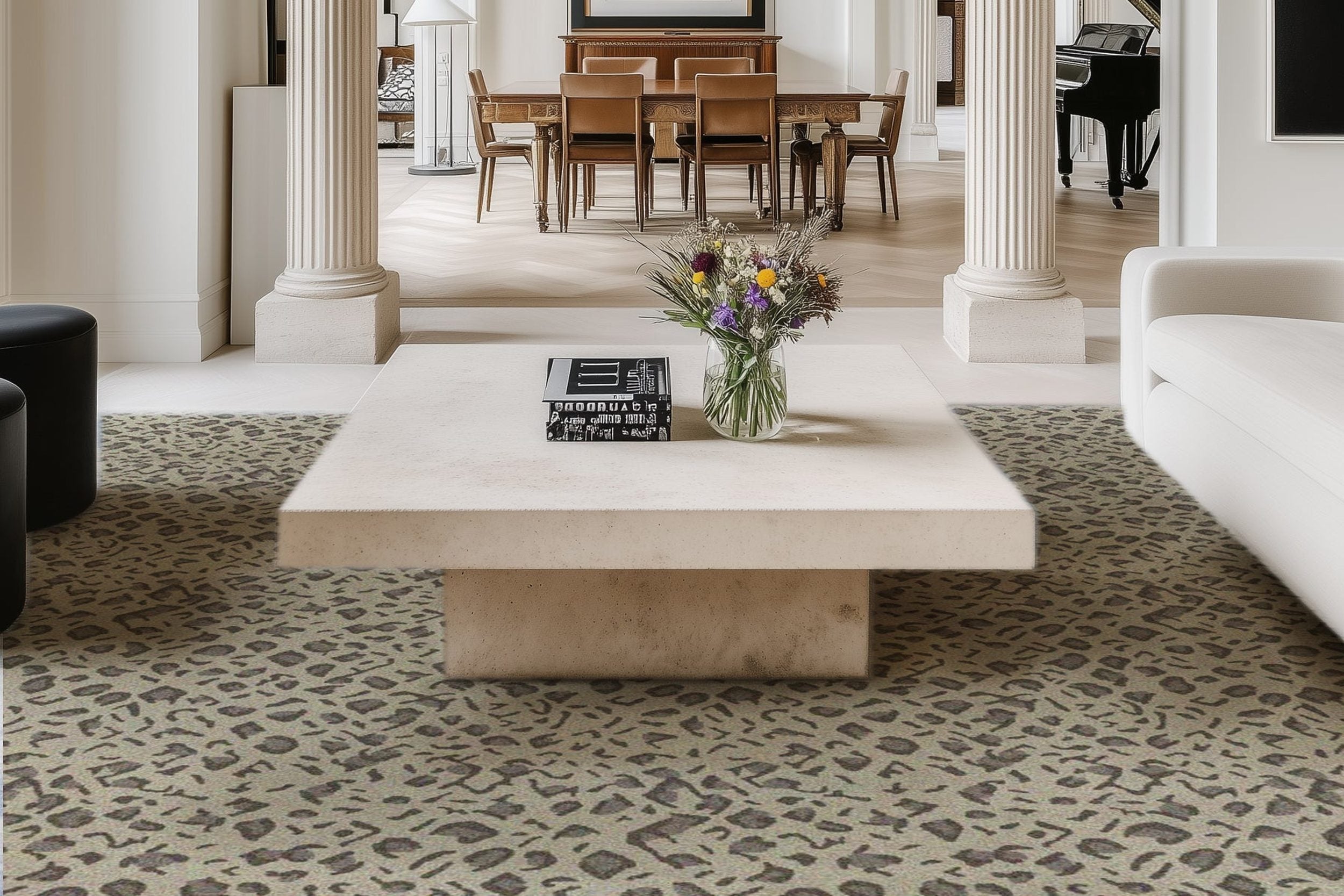The Hidden Ingredient Behind Beautiful Home Makeovers: Flexible Financing

You're envisioning a bright open-concept kitchen, custom cabinets, quartz countertops, and a guest bathroom with modern fixtures and fresh tile.
But halfway through pricing it out, reality hits—your budget falls short. That’s when flexible financing steps in, turning wishful sketches into a beautifully renovated home without emptying your savings or putting your project on hold.
The True Cost of a Dream Home Makeover
Renovating a home is often a complex and expensive undertaking. According to Harvard University’s Joint Center for Housing Studies (JCHS), homeowners spent $472 billion on home renovations in the third quarter of last year, and spending is expected to rise in 2025.
Note that your home remodeling costs will vary based on factors such as project scope, size, location, materials, labor, and permits.
Small-scale projects such as painting, flooring, fixture upgrades, and minor repairs typically cost between $1,200 and $20,000, especially when using budget-friendly finishes. Meanwhile, midrange renovations, including kitchen or bathroom upgrades or partial floorplan redesigns, usually range from $20,000 to $42,000.
High-end remodels, which may involve foundation work, wall demolition, rewiring, new plumbing, and exterior improvements, can cost anywhere from $42,000 to $82,000. Larger homes or complex changes often fall into this tier. These projects use premium materials and require skilled labor, which drives up costs.
Why Financing Matters More Than Ever
You may have a clear vision for your dream space but lack the upfront funds to make it happen, causing delays or scaling back your plans. Flexible financing allows you to spread costs through manageable monthly payments to make your home renovation more affordable.
Many homeowners also worry about unexpected expenses and hesitate to drain emergency savings. With financing, you can protect your savings while moving forward with the upgrades that enhance your home and quality of life.
Smart Ways to Fund Your Renovation Dreams
Choosing the right home improvement financing solution can help you transform your home without compromising your financial stability. From leveraging home equity to exploring government-backed or unsecured options, there are several practical ways to fund your renovation based on your specific needs and budget.
1. Home Equity Loans
If you've built up equity in your home, a home equity loan allows you to borrow a lump sum with a fixed interest rate and set repayment schedule. This option is best suited for homeowners who have a well-defined renovation budget and want the stability of predictable monthly payments. It's ideal for larger projects like bedroom remodels or adding a new bathroom.
2. Home Equity Line of Credit (HELOC)
A HELOC allows you to borrow against the equity you’ve already built in your home, offering a revolving line of credit you can draw from as needed - ideal for projects completed in stages. HELOCs often feature lower interest rates than personal loans, and you pay interest only on the amount you use. However, since your home is collateral, it’s important to borrow responsibly and understand the terms, especially if rates are variable.
3. Government Loans and Grants
Federal, state, and local programs are available to help homeowners finance renovations - especially for health, safety, energy efficiency, or accessibility upgrades. Options like FHA Title I loans don’t require equity, and some grants don’t need to be repaid at all. These programs can be a lifeline for lower-income households or older adults looking to age in place safely. Be sure to check eligibility requirements and application windows in your area.
The Benefits of Flexible Financing for Homeowners
Flexible financing opens the door to your home makeover dreams while easing the upfront financial burden, unlocking the following advantages:
Increased Property Value
Investing in home improvements through financing can raise your property’s overall worth. Projects like energy-efficient windows or a kitchen upgrade can make your home more appealing to buyers and boost appraisal results.
Even if you’re not selling soon, these updates strengthen long-term equity. However, it’s essential to notify home insurance companies about major renovations, as these improvements may impact your coverage, potentially leading to higher premiums or changes in your policy.
Safeguarding Your Savings
Extensive renovations shouldn’t wipe out your savings. Financing options, including personal loans or home equity lines of credit (HELOCs), allow you to fund upgrades without touching your emergency or retirement accounts, keeping your financial safety net intact.
Custom Payment Plans
Financing gives you the flexibility to choose how you repay. Whether it’s fixed monthly payments or no-interest, no-payment promotional periods, you can match a plan to your budget. Contractors can help coordinate financing that fits your needs.
Key Factors to Consider Before Financing Your Renovation
Before selecting a home improvement financing option, take time to evaluate these important factors:
- Project Scope and Cost: Decide whether your renovation is a minor upgrade or a major remodel. Larger projects often require more structured financing, while smaller ones may be covered with simpler options.
- Home Equity: If you plan to use a home equity loan or HELOC, check how much equity you've built. Most lenders require at least 15–20% equity to qualify.
- Credit Score: Your credit score affects the loan types and interest rates you can access. A higher score can secure better terms and reduce long-term borrowing costs.
- Monthly Budget and Repayment Ability: Be realistic about what you can afford each month. Choose a financing plan with payments that fit comfortably within your current budget.
- Loan Terms and Fees: Compare multiple lenders to find favorable interest rates, repayment timelines, and any additional fees or closing costs.
- Timeline and Flexibility: Some financing options offer quicker access to funds or more flexible draw periods—ideal for projects that unfold in phases or need fast starts.
Final Thoughts
A home makeover can be one of the most rewarding investments you make - not just in your property, but in your lifestyle and peace of mind. While the idea of financing may seem daunting at first, flexible financing options can make your dream renovation more attainable without compromising your financial stability.
By carefully weighing your goals, budget, and financing terms, you can approach your renovation with confidence and control. Whether it’s a small upgrade or a full transformation, the right financing solution can be the hidden ingredient that turns your vision into reality - on your terms and timeline.
Browse by Category

Design Projects
Explore interiors from client work and personal renovations — layered, livable, and always in progress.
read more →
Collaborations
From product launches to styled spaces, discover the brand stories I’ve helped bring to life.
read more →
The Notebook
A growing archive of iconic designers, inspiring artists, and unforgettable design moments.
read more →
Travel by Design
Wander with a designer’s eye — from charming hotels and city guides to visual inspiration abroad.
read more →




